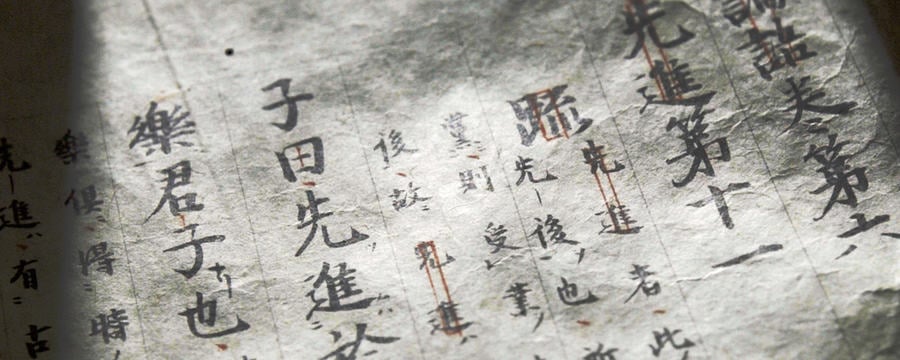Home / History / Social History / Sino-Japanese Interactions Through Rare Books / From the hakase families to priest-scholars
This article is from the free online
Sino-Japanese Interactions Through Rare Books


Reach your personal and professional goals
Unlock access to hundreds of expert online courses and degrees from top universities and educators to gain accredited qualifications and professional CV-building certificates.
Join over 18 million learners to launch, switch or build upon your career, all at your own pace, across a wide range of topic areas.

 Fig.1 Shohei Version Analects 『正平版論語』
Fig.1 Shohei Version Analects 『正平版論語』 Fig.2 Kaikoin Temple Version Analects 『論語戒光院本』
Fig.2 Kaikoin Temple Version Analects 『論語戒光院本』 Fig.3 Tenmon Version Analects 『天文版論語』
Fig.3 Tenmon Version Analects 『天文版論語』 Fig.4 Three Strategies of Huang Shigong『黄石公三略』
Fig.4 Three Strategies of Huang Shigong『黄石公三略』 Fig.5 Ro-Ron (Lu-version Lun Yu) 『論語(魯論)』
Fig.5 Ro-Ron (Lu-version Lun Yu) 『論語(魯論)』





